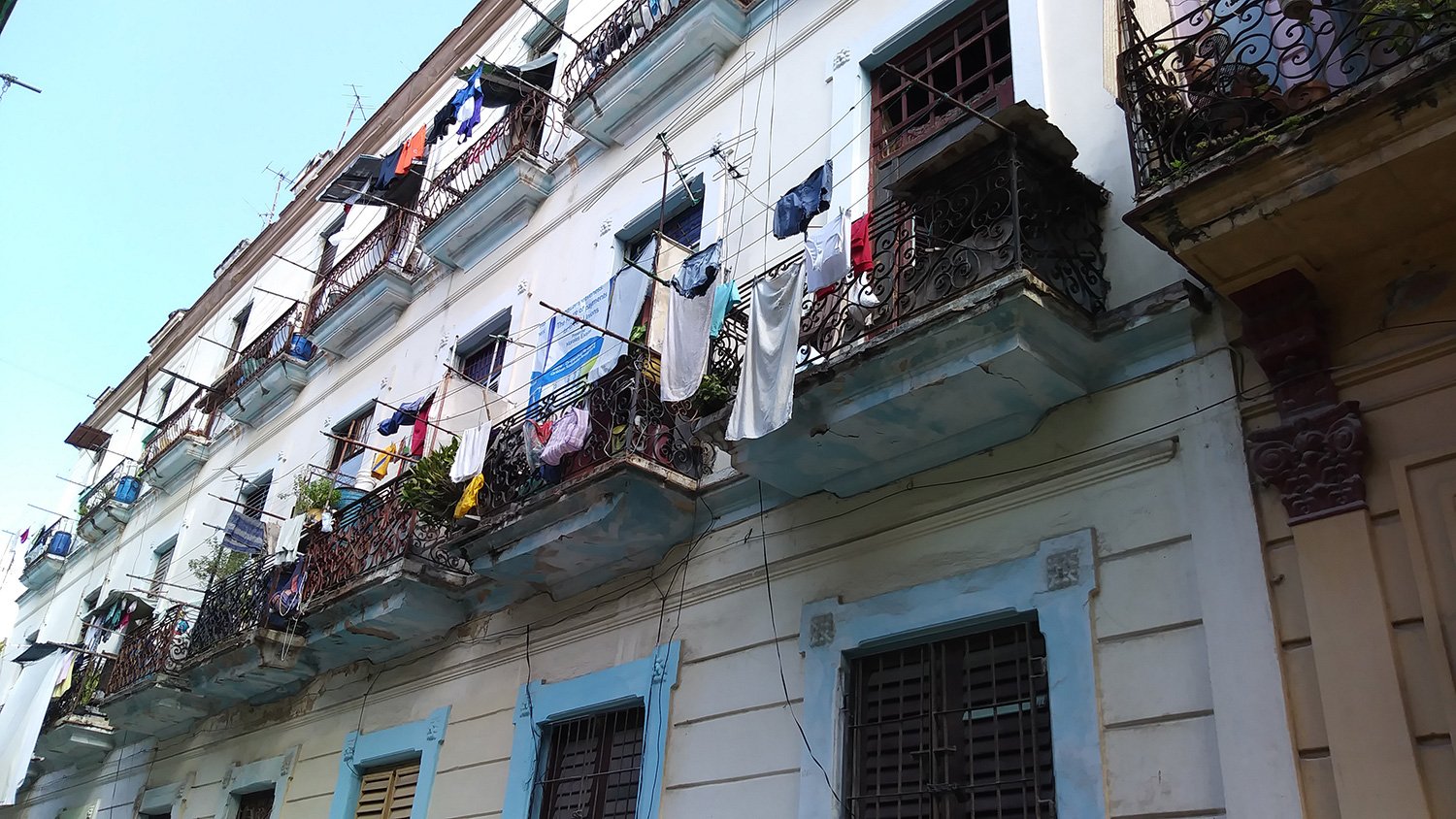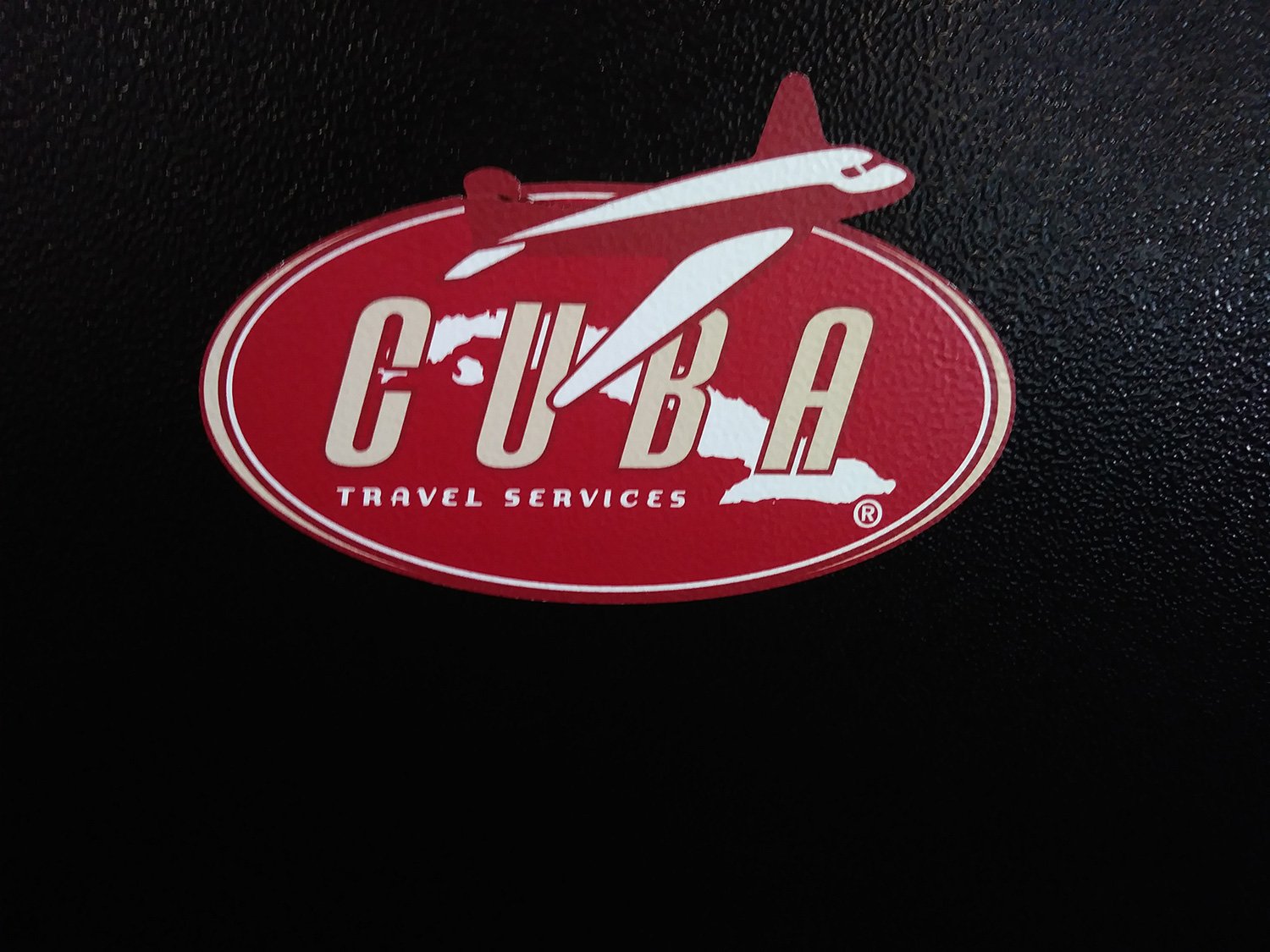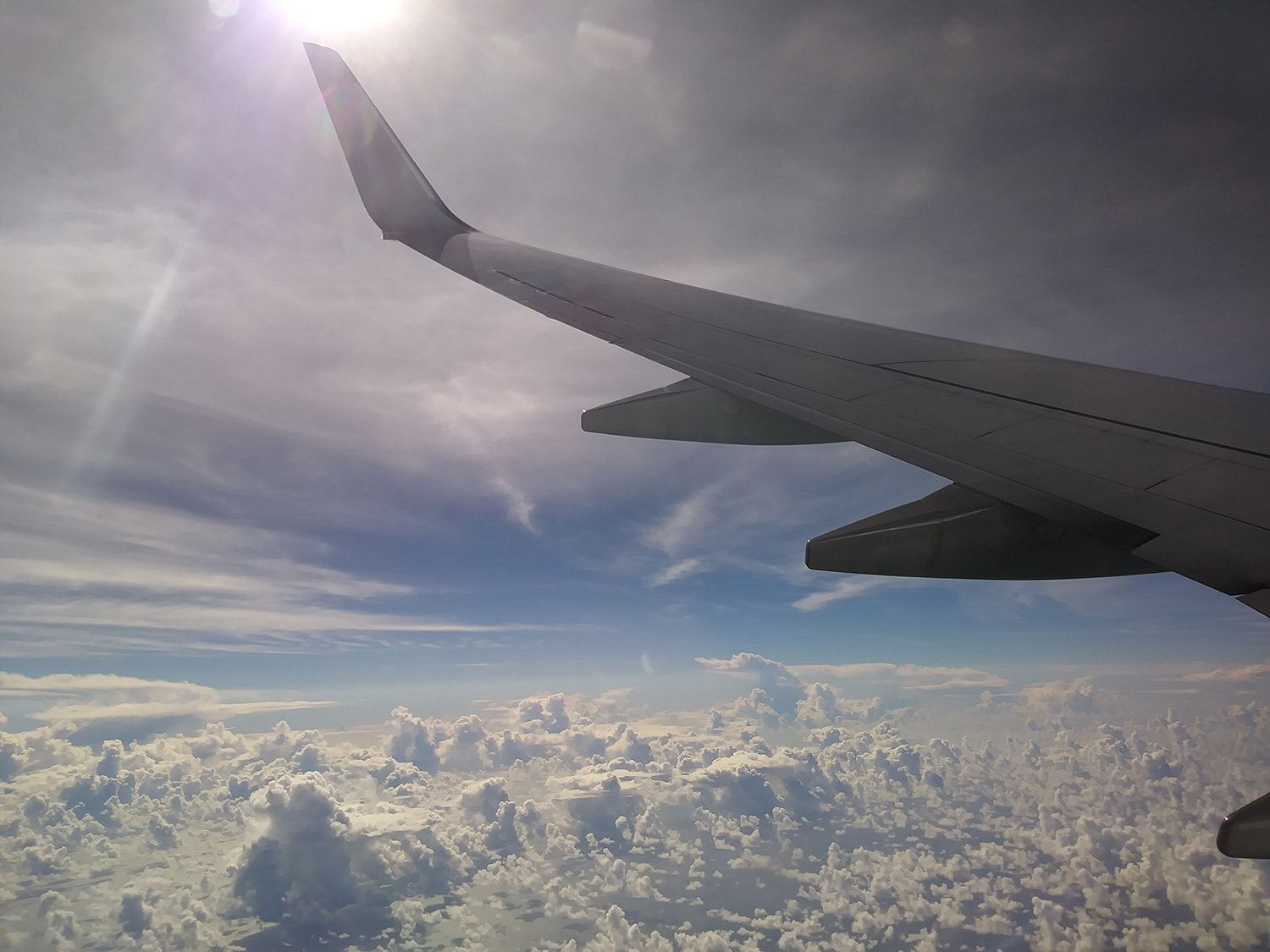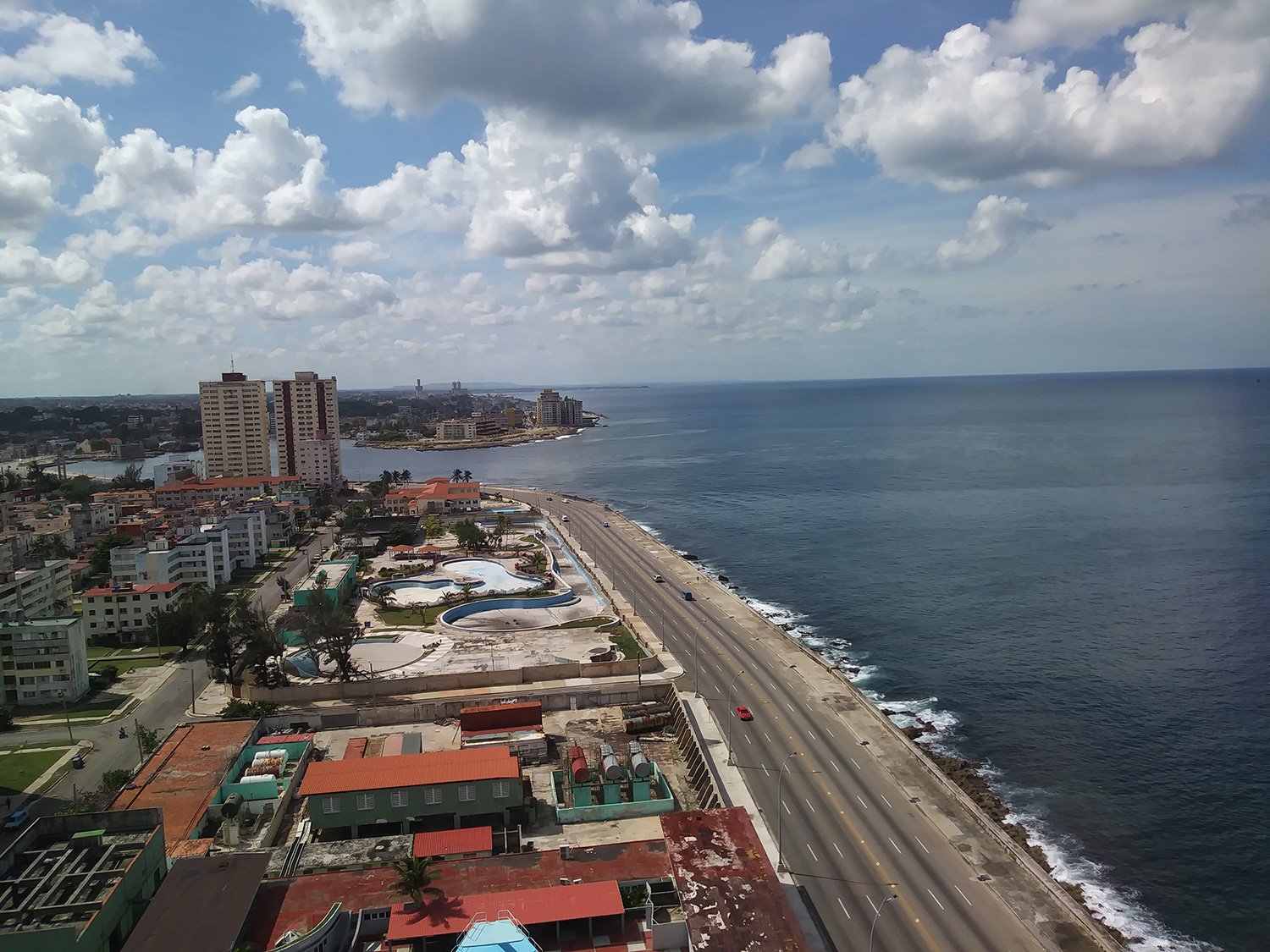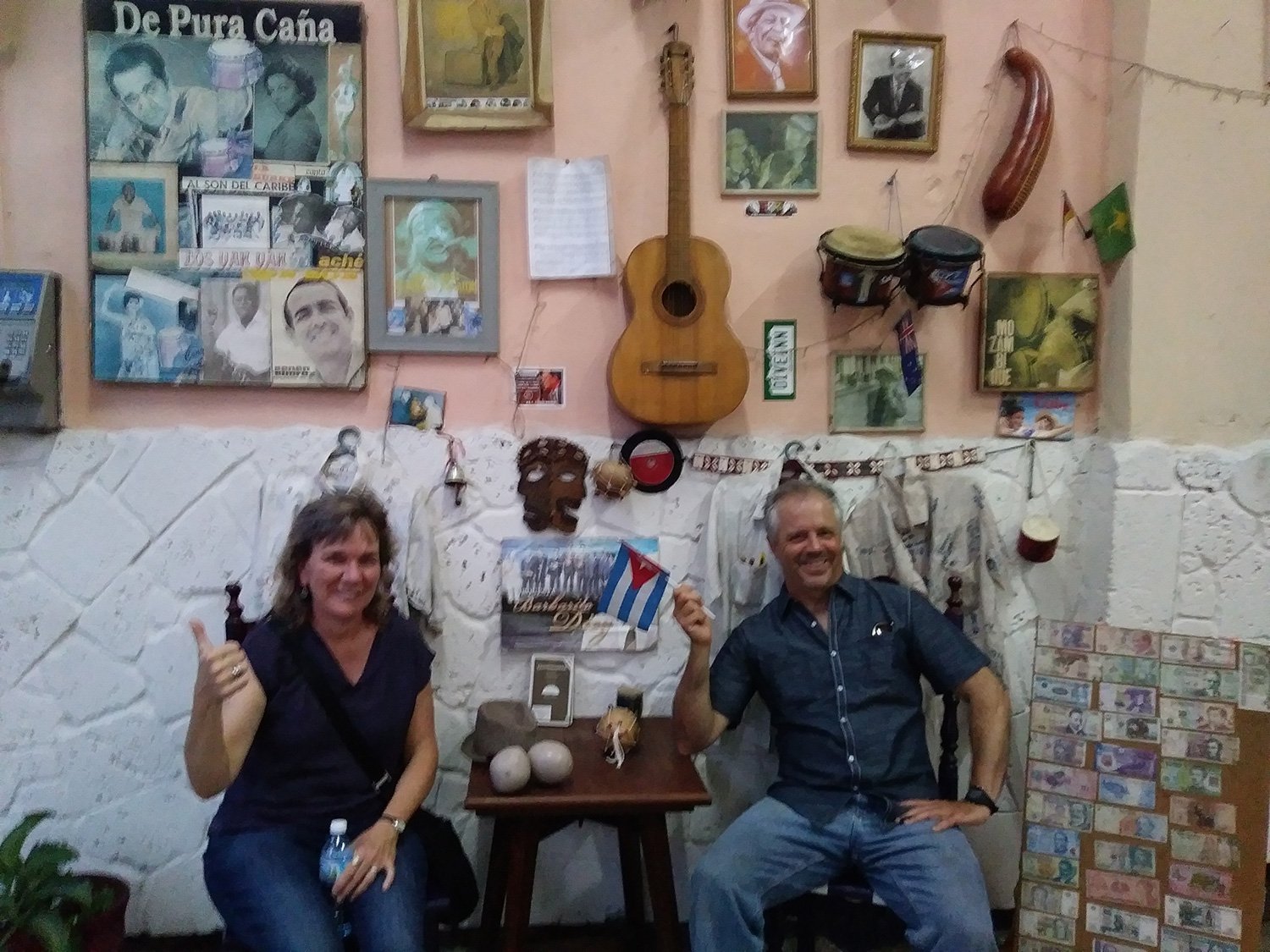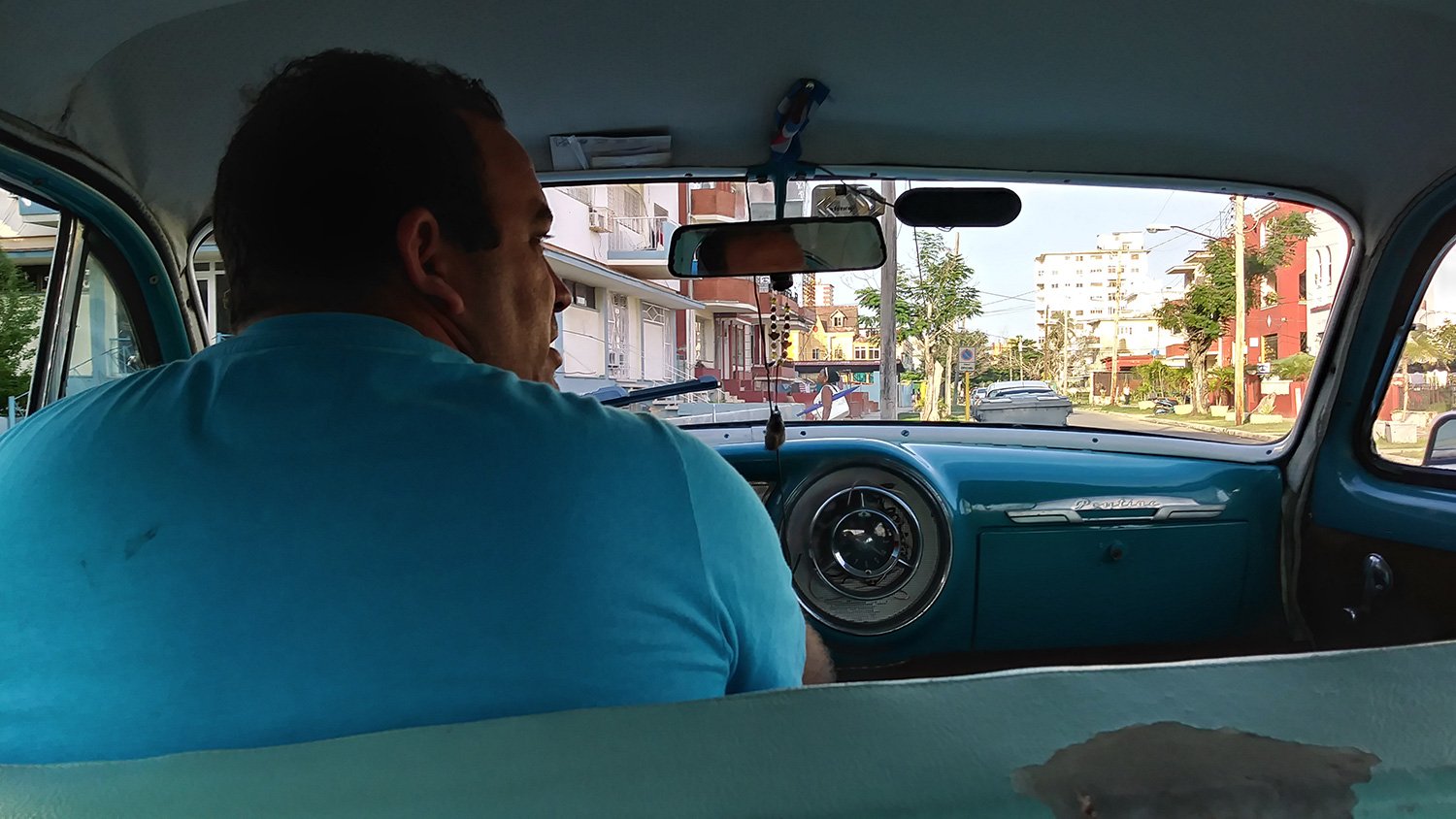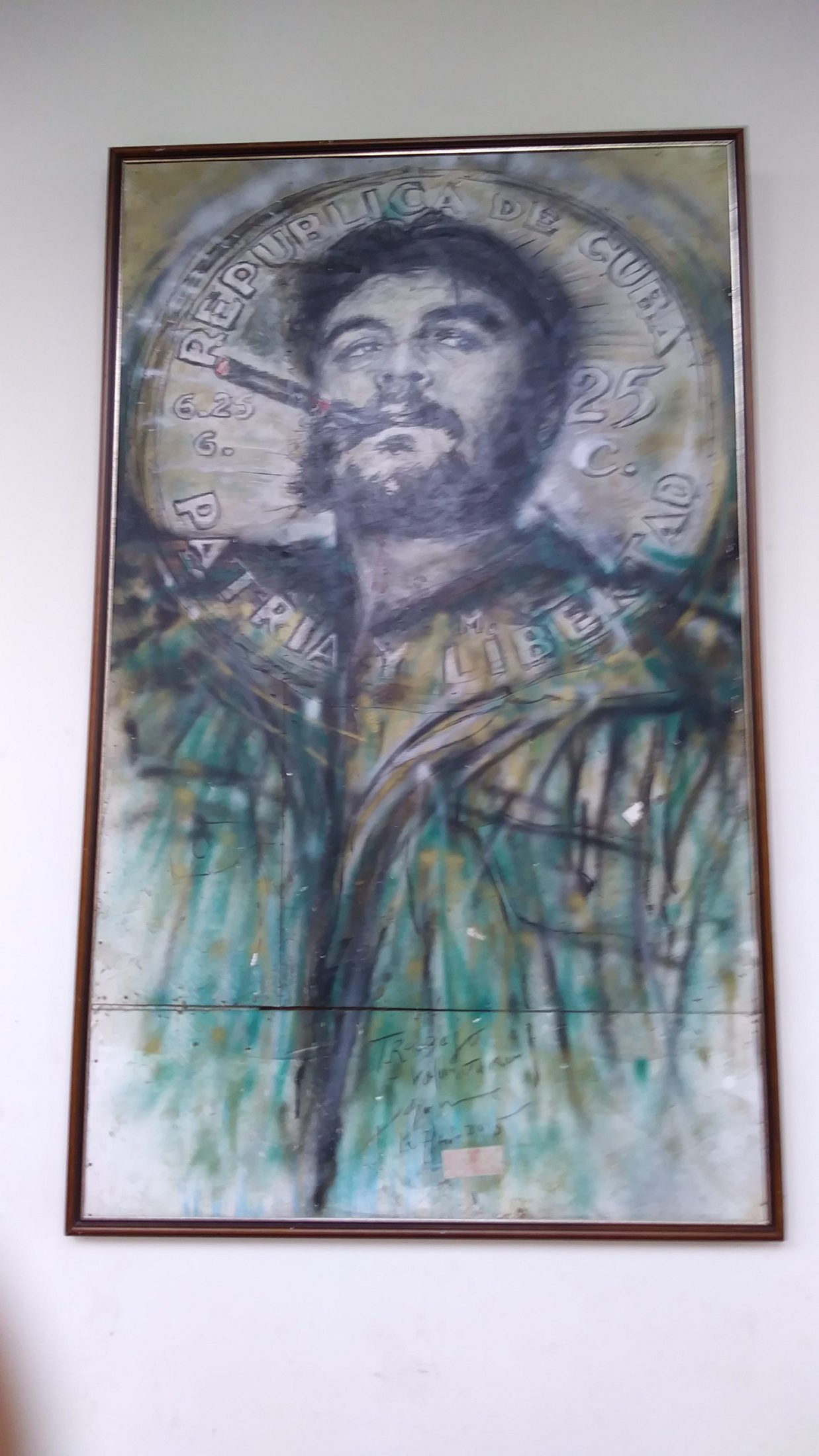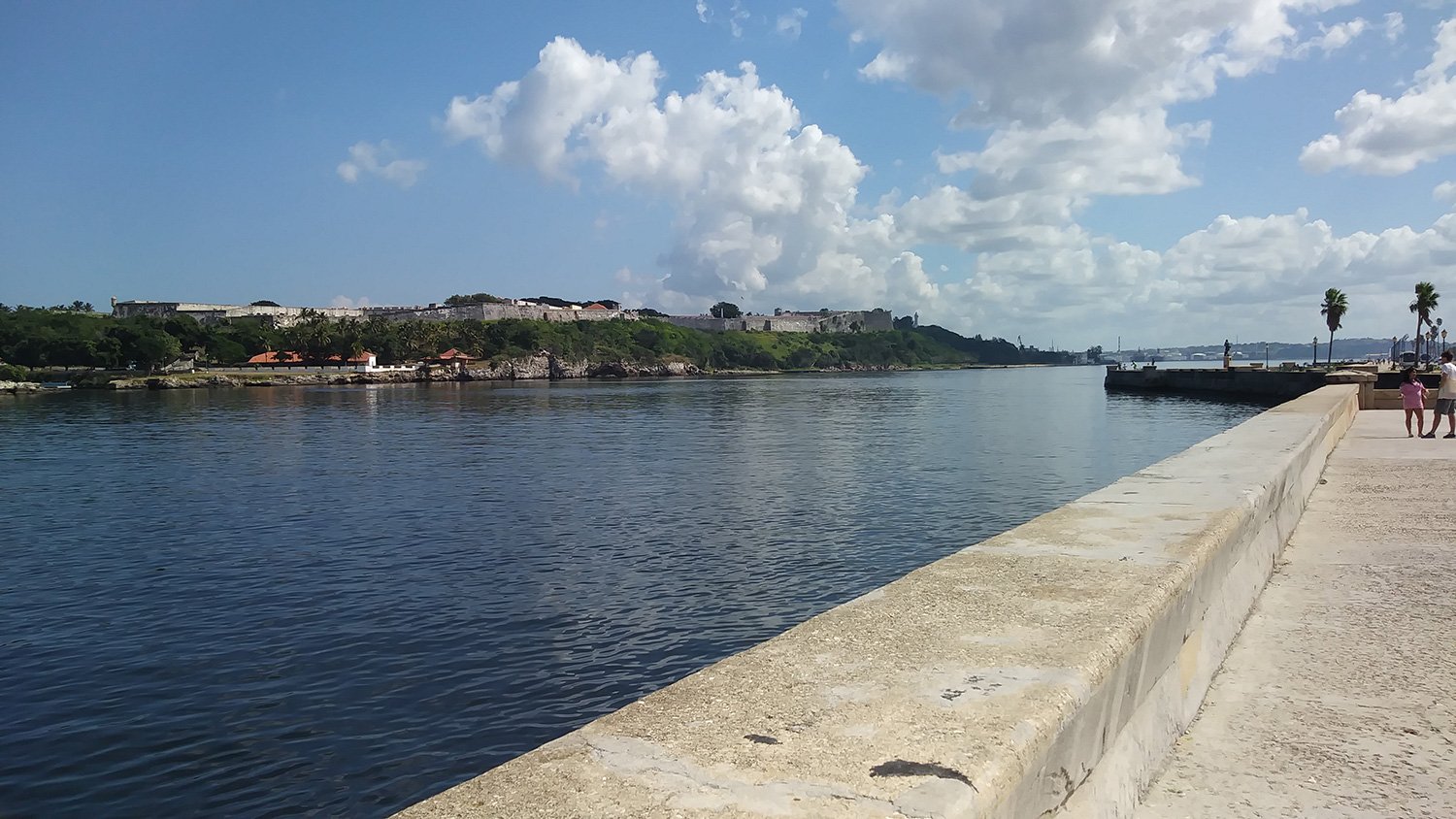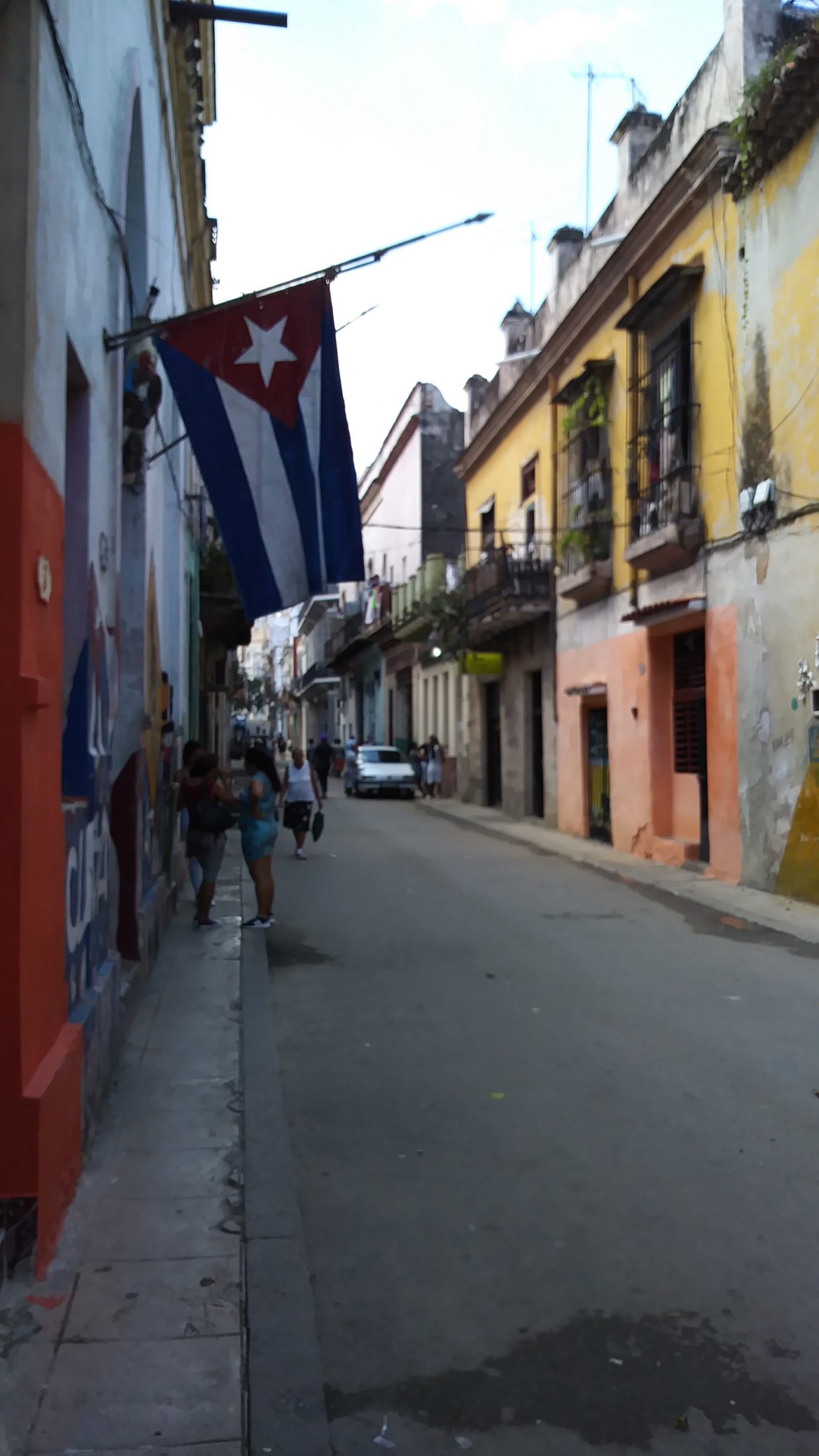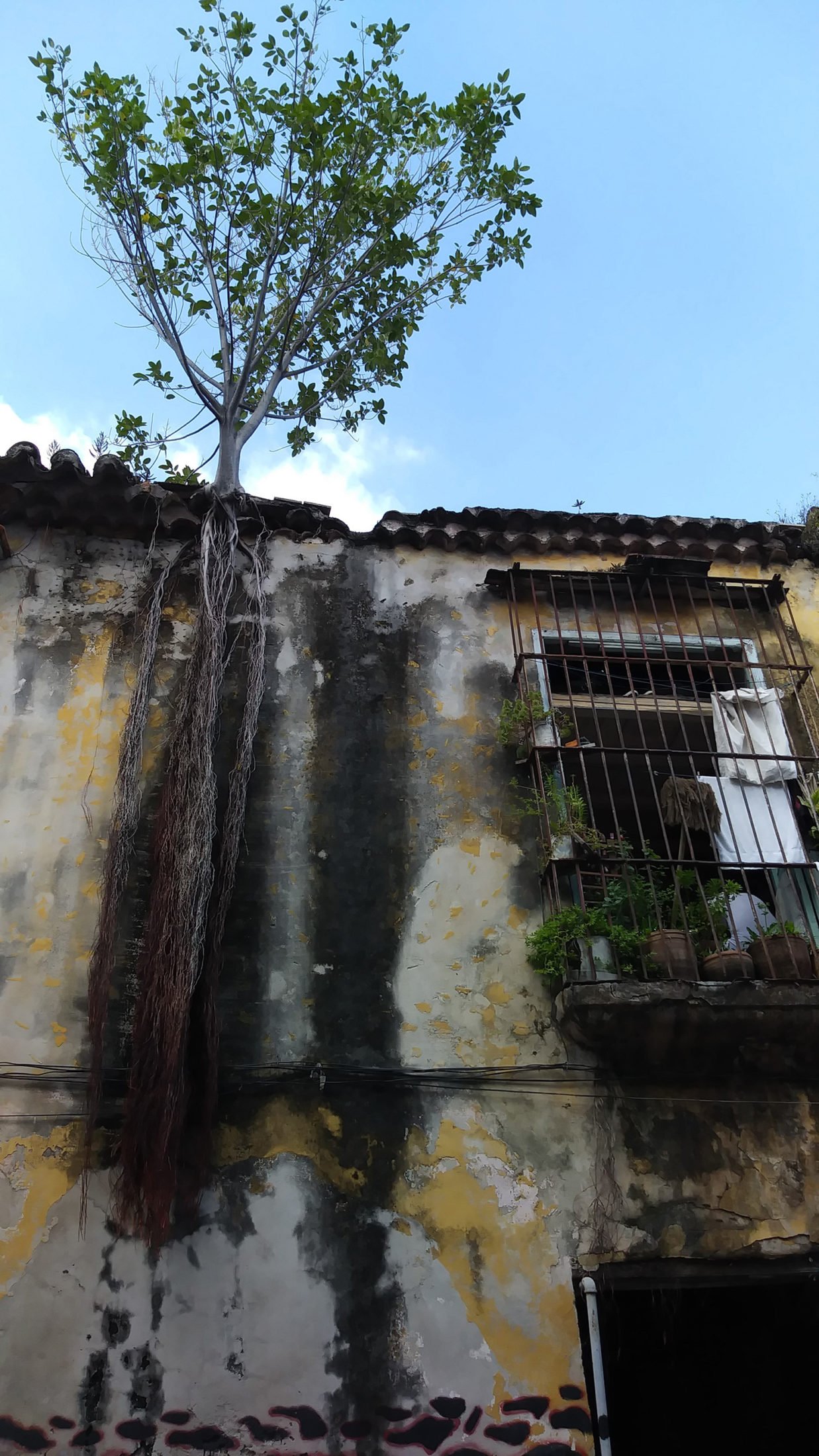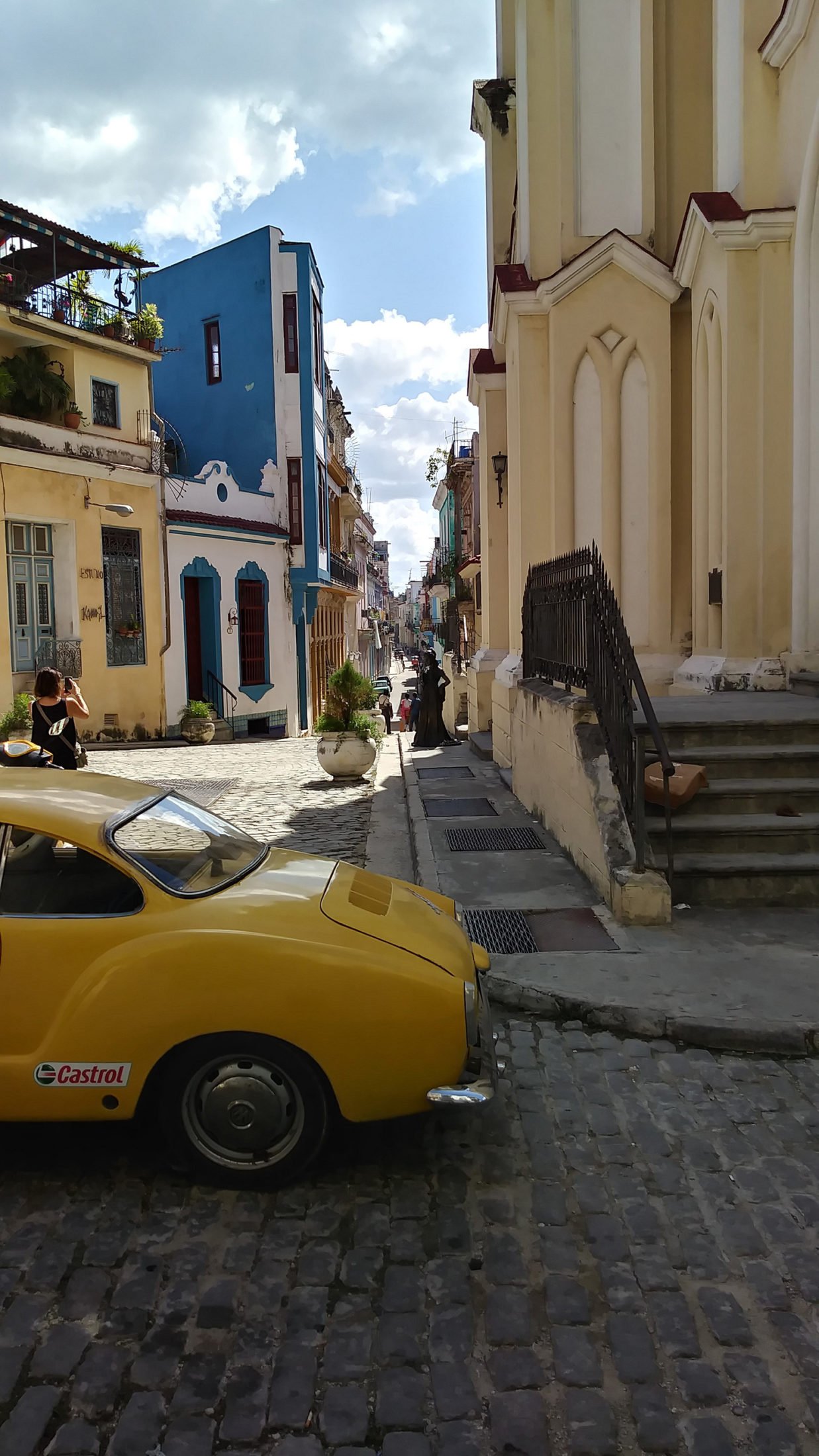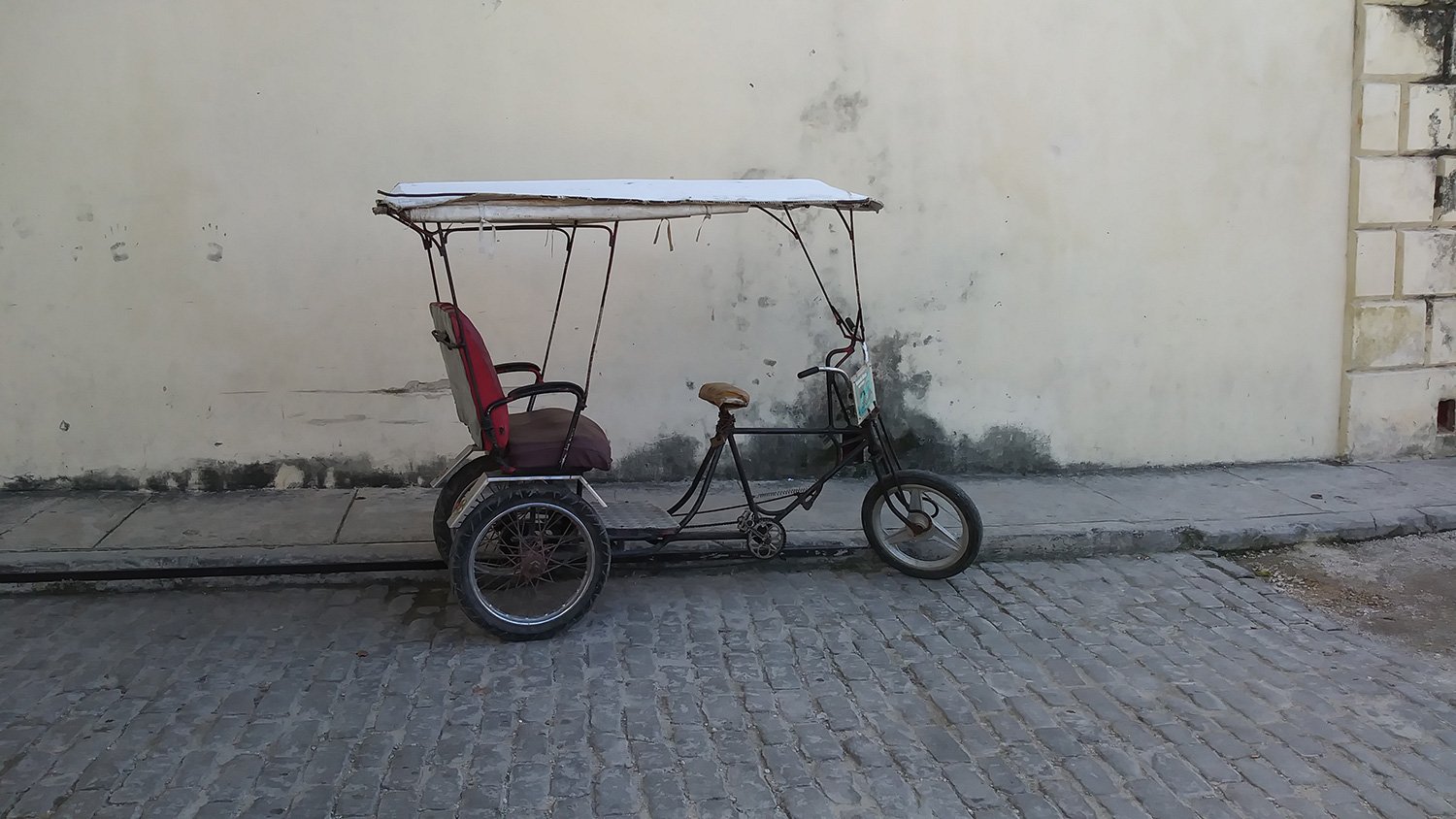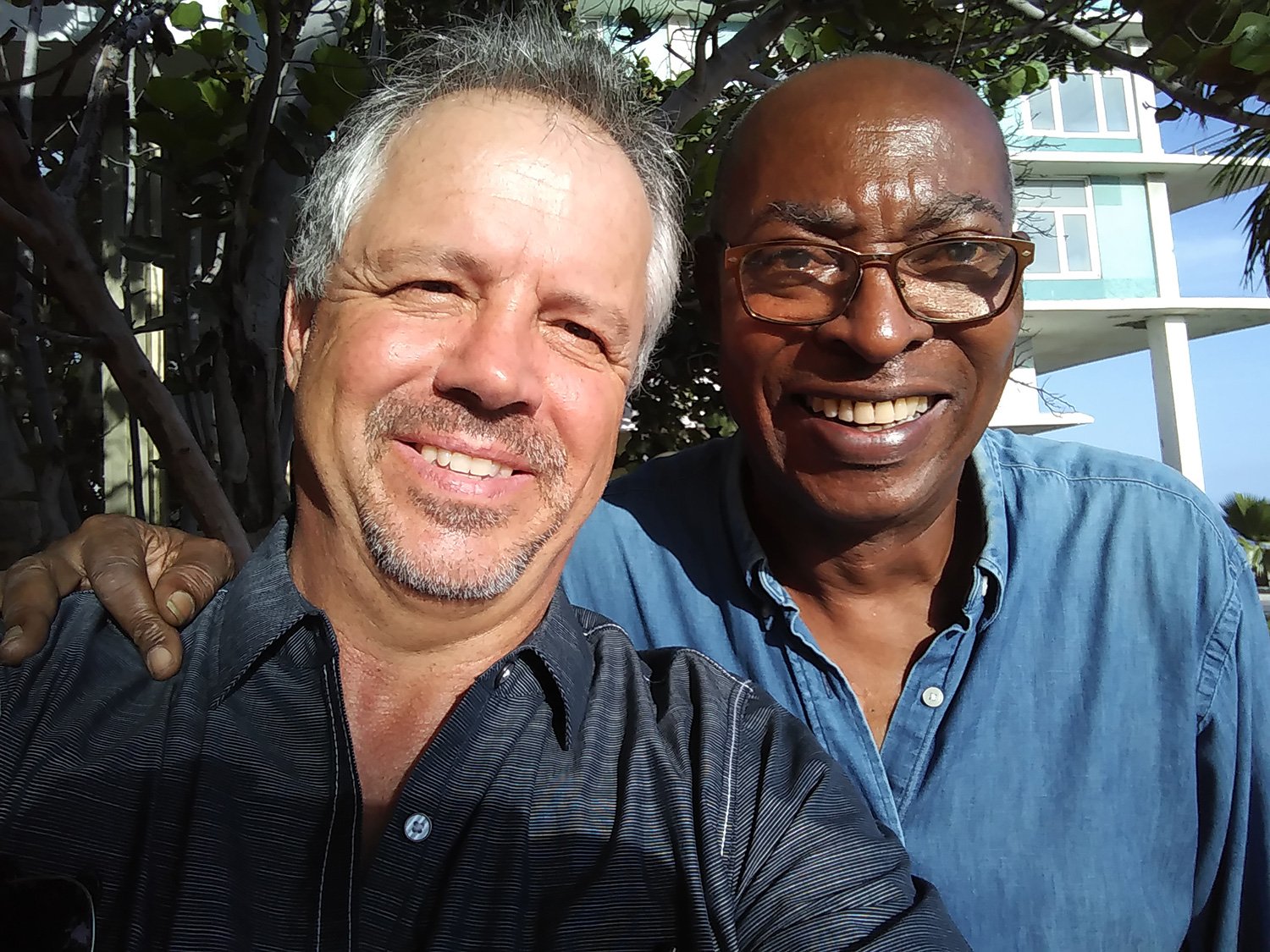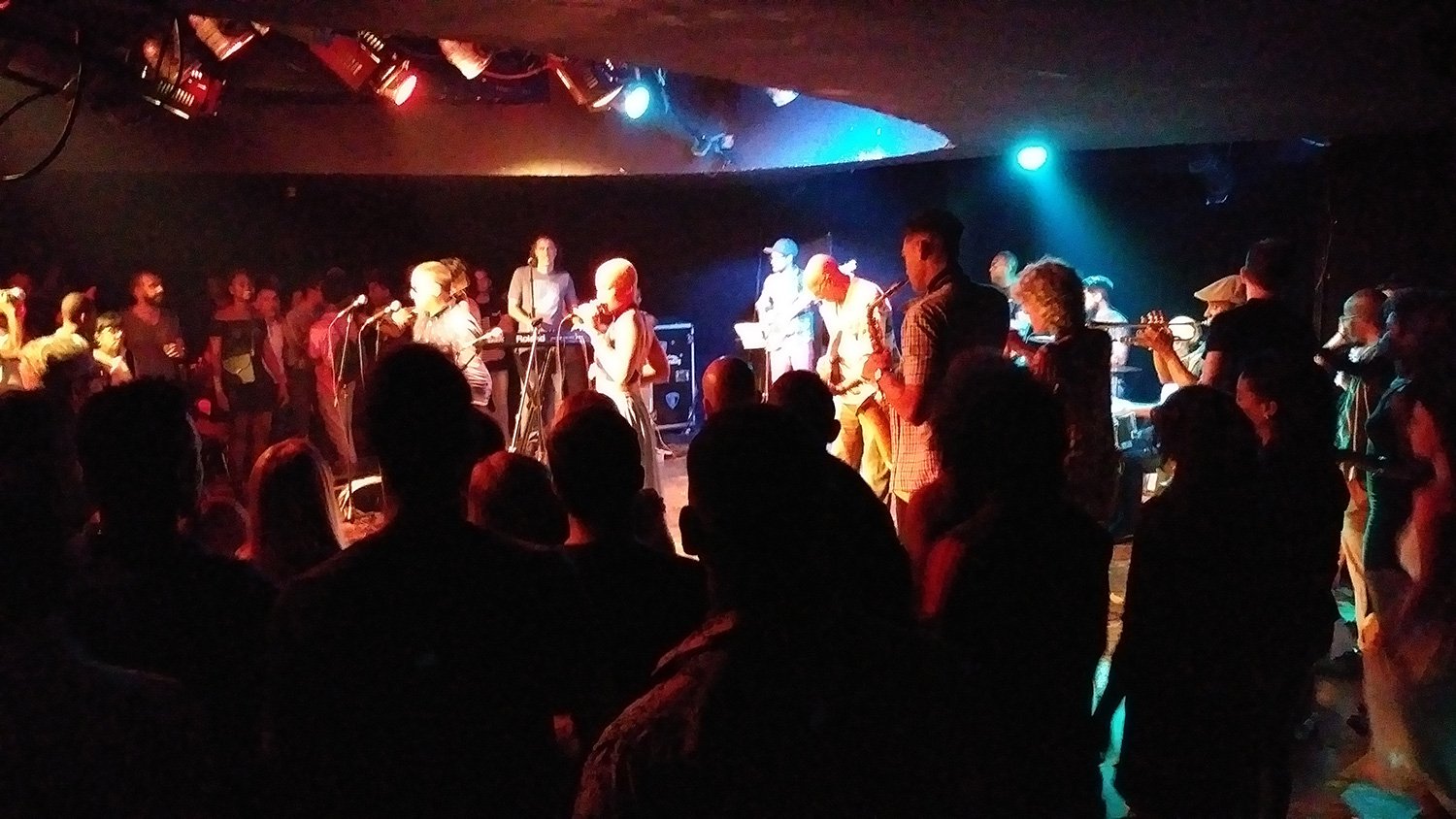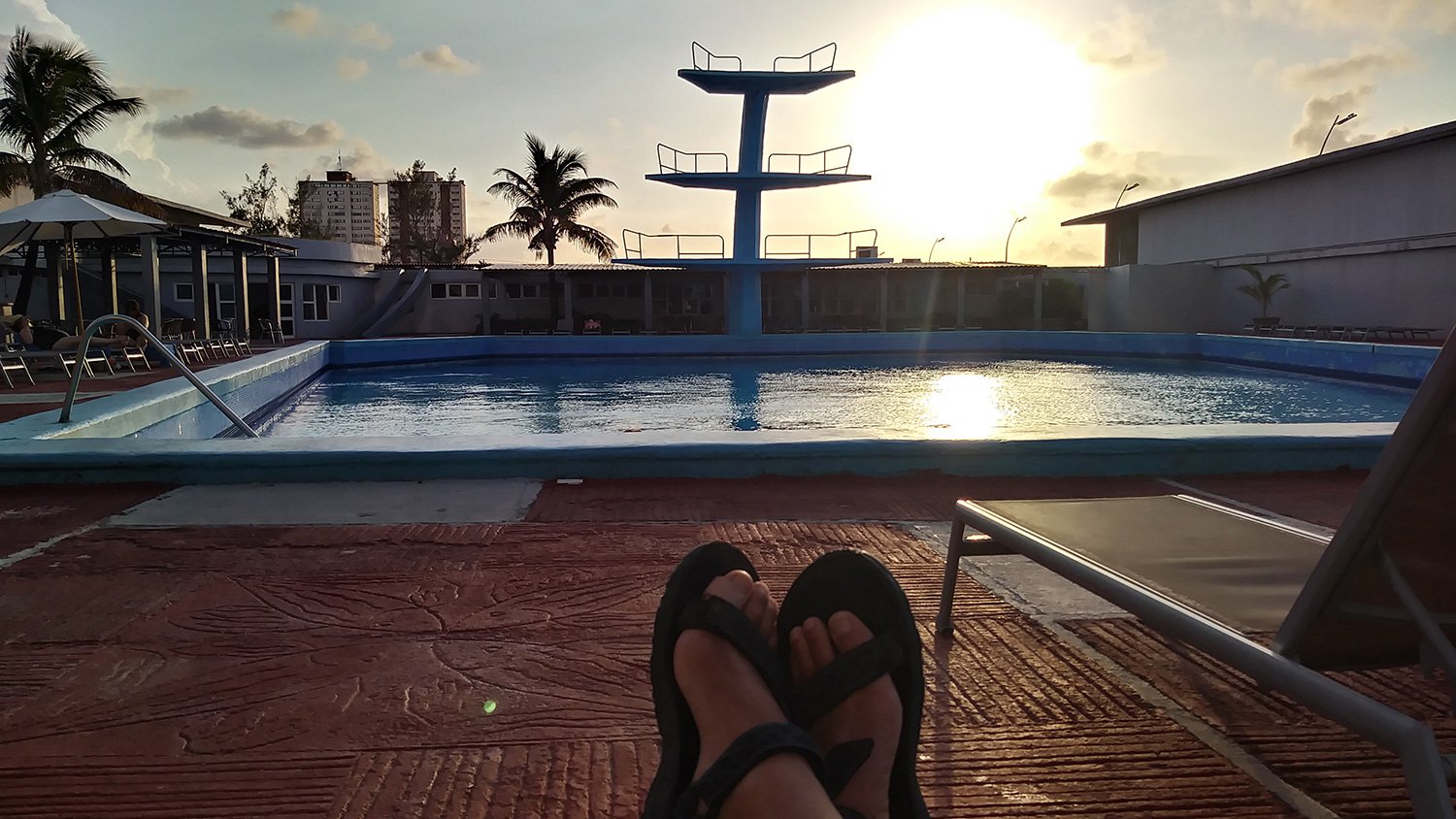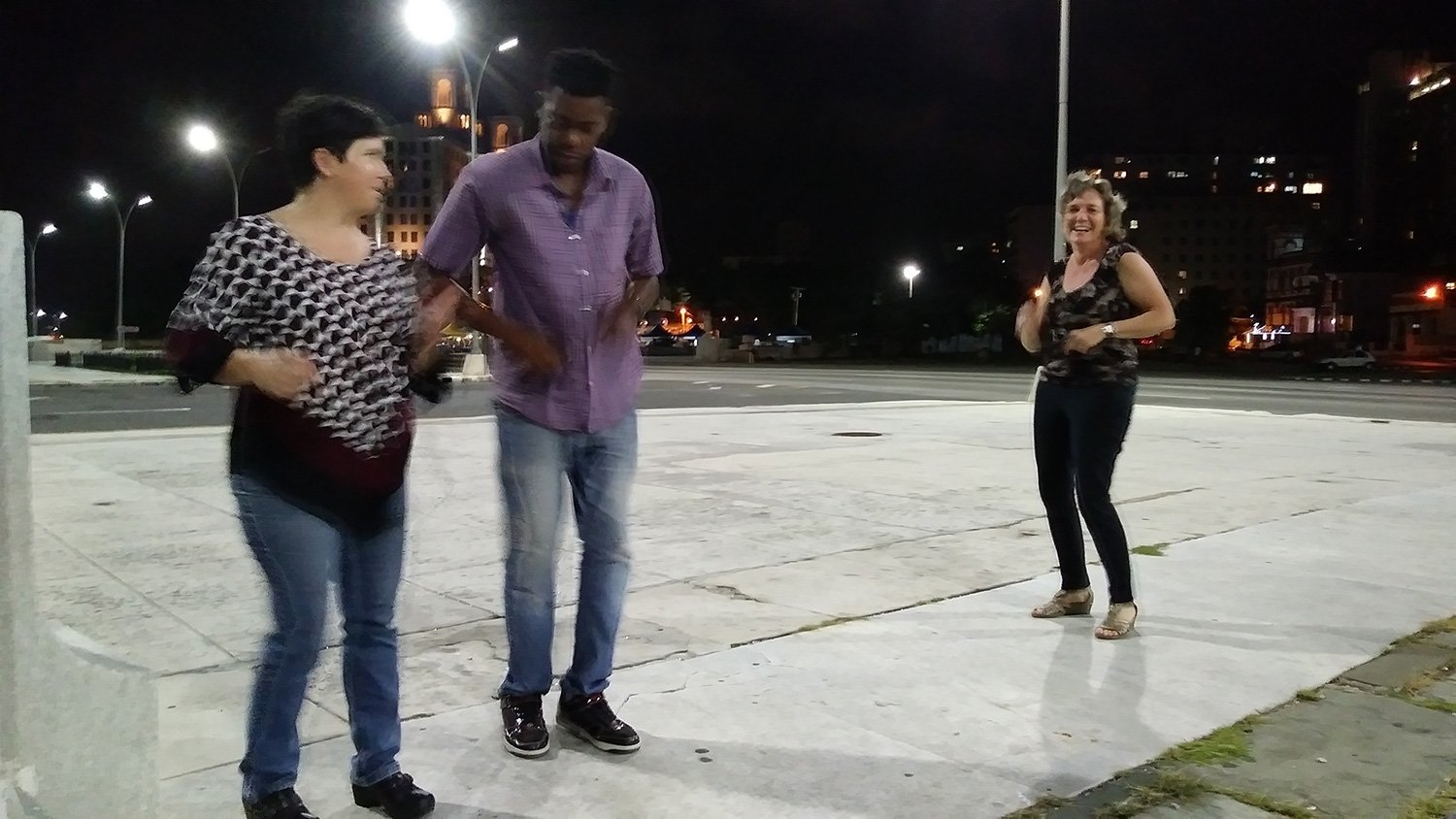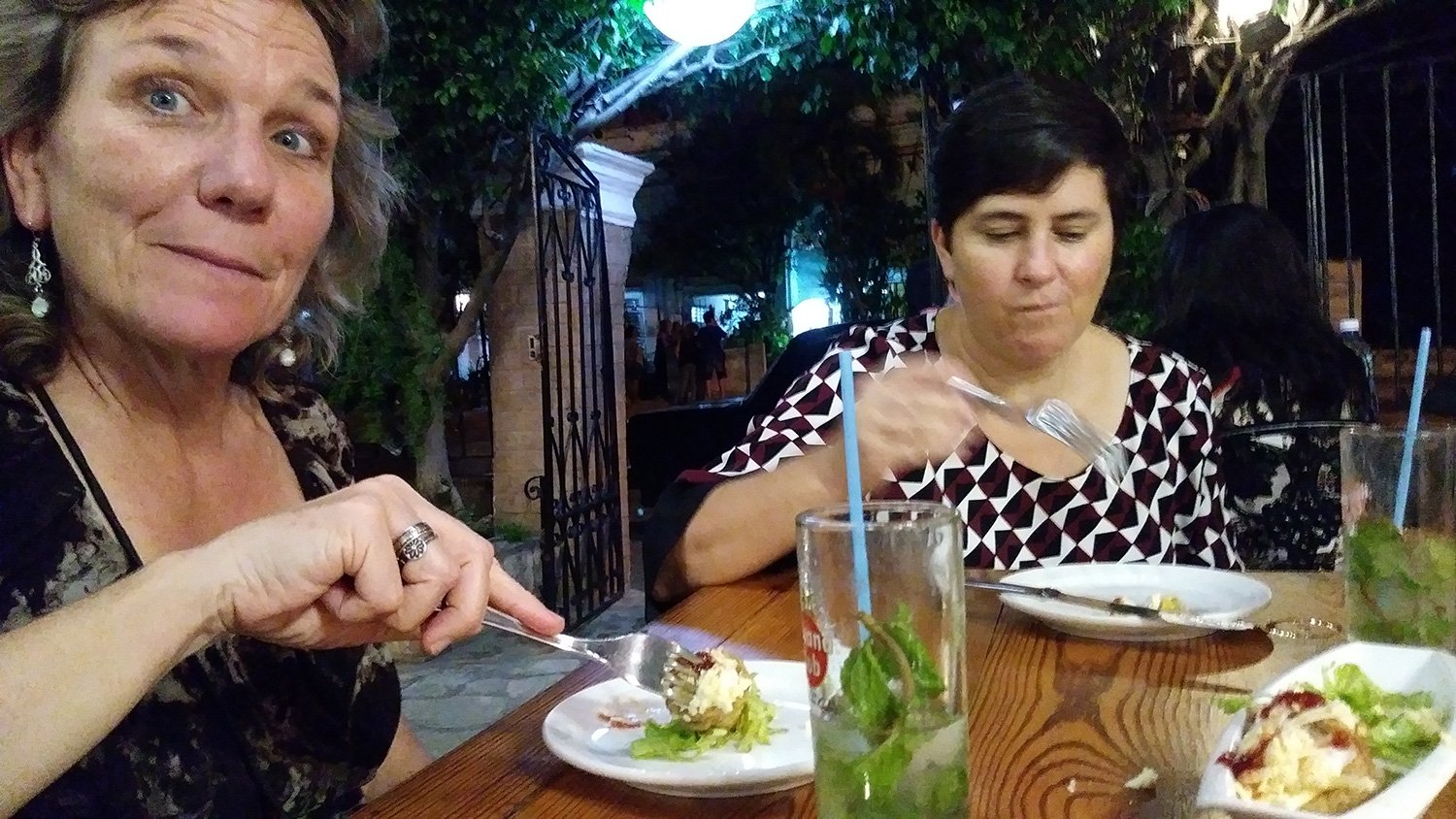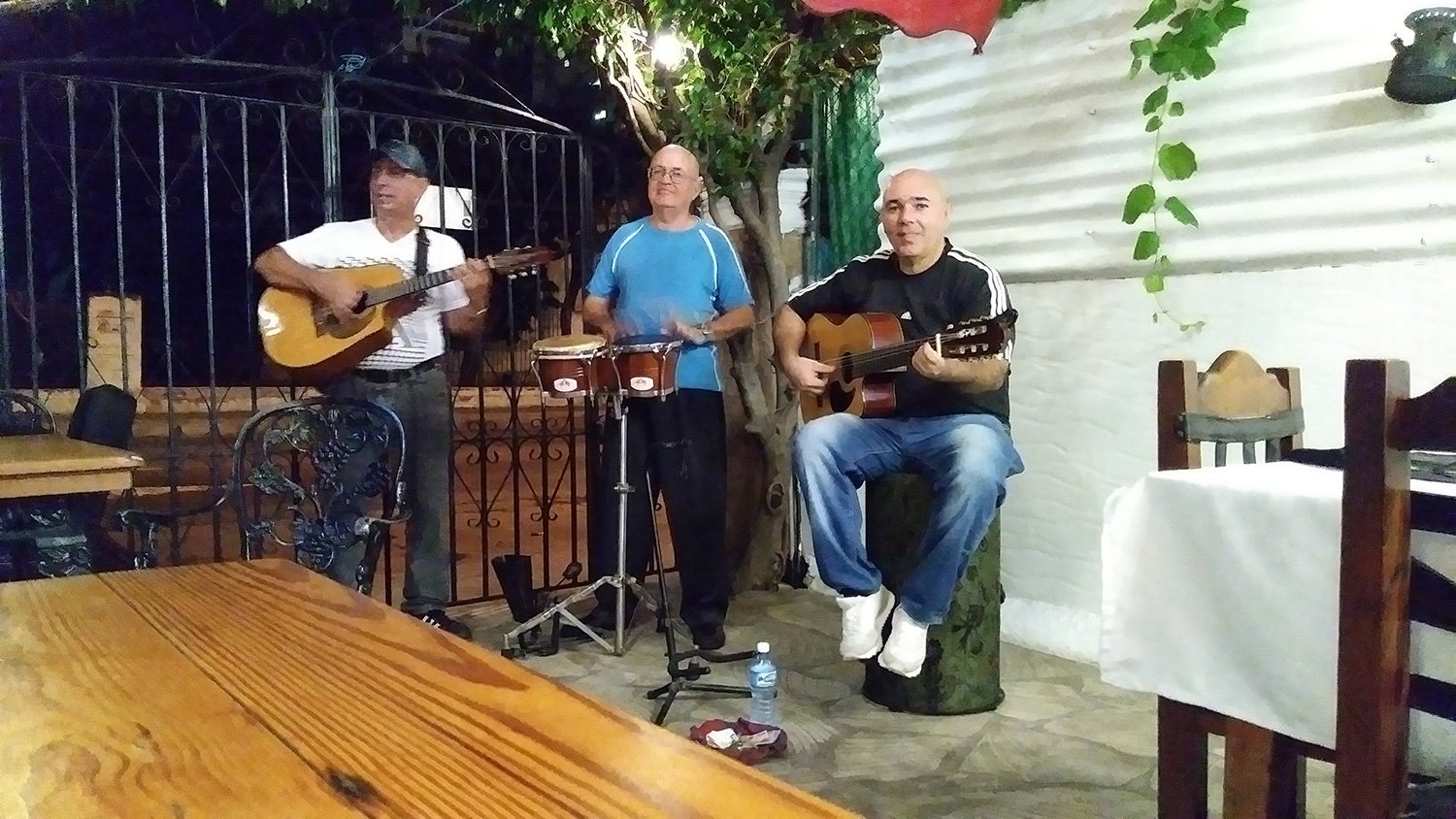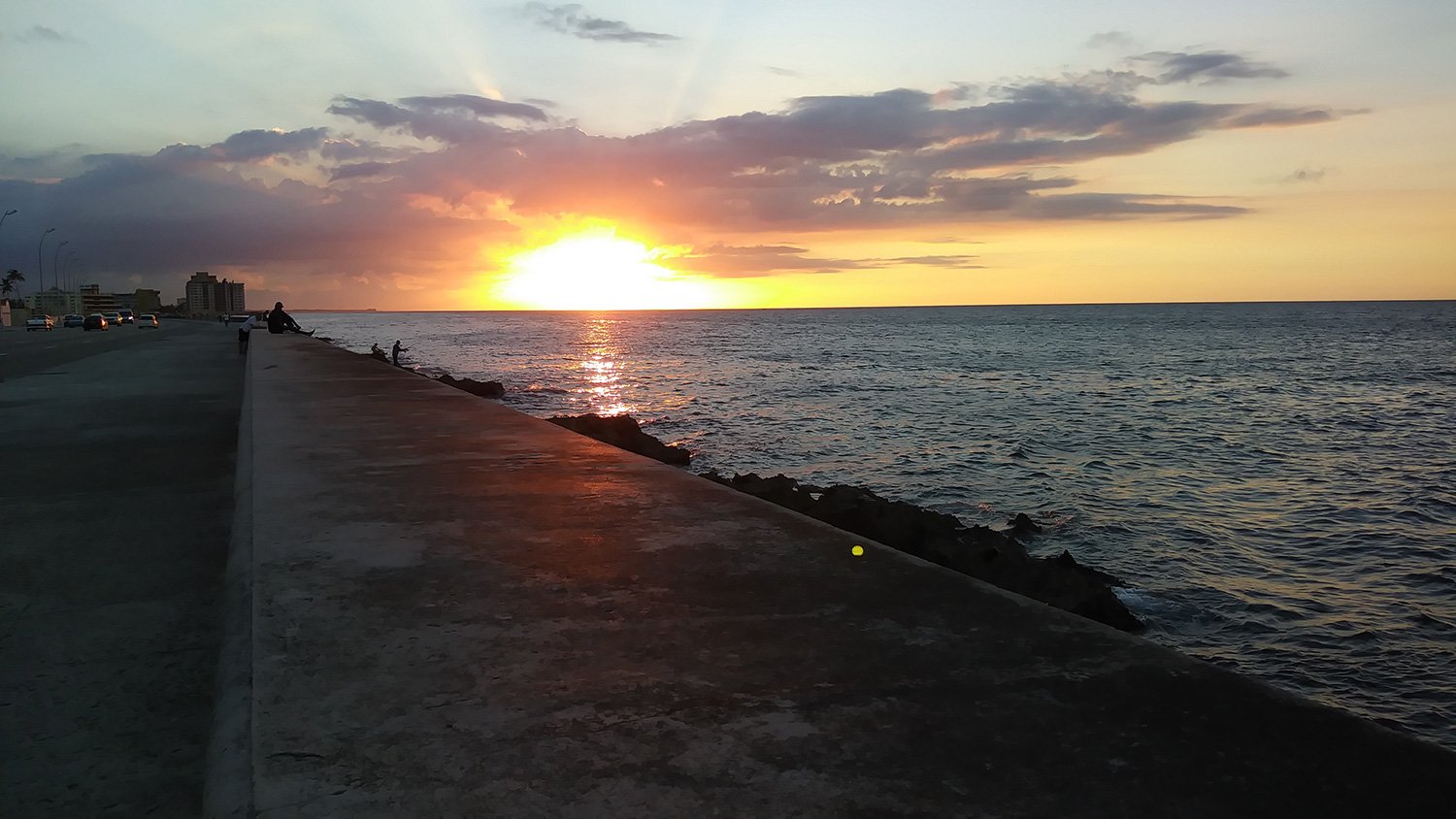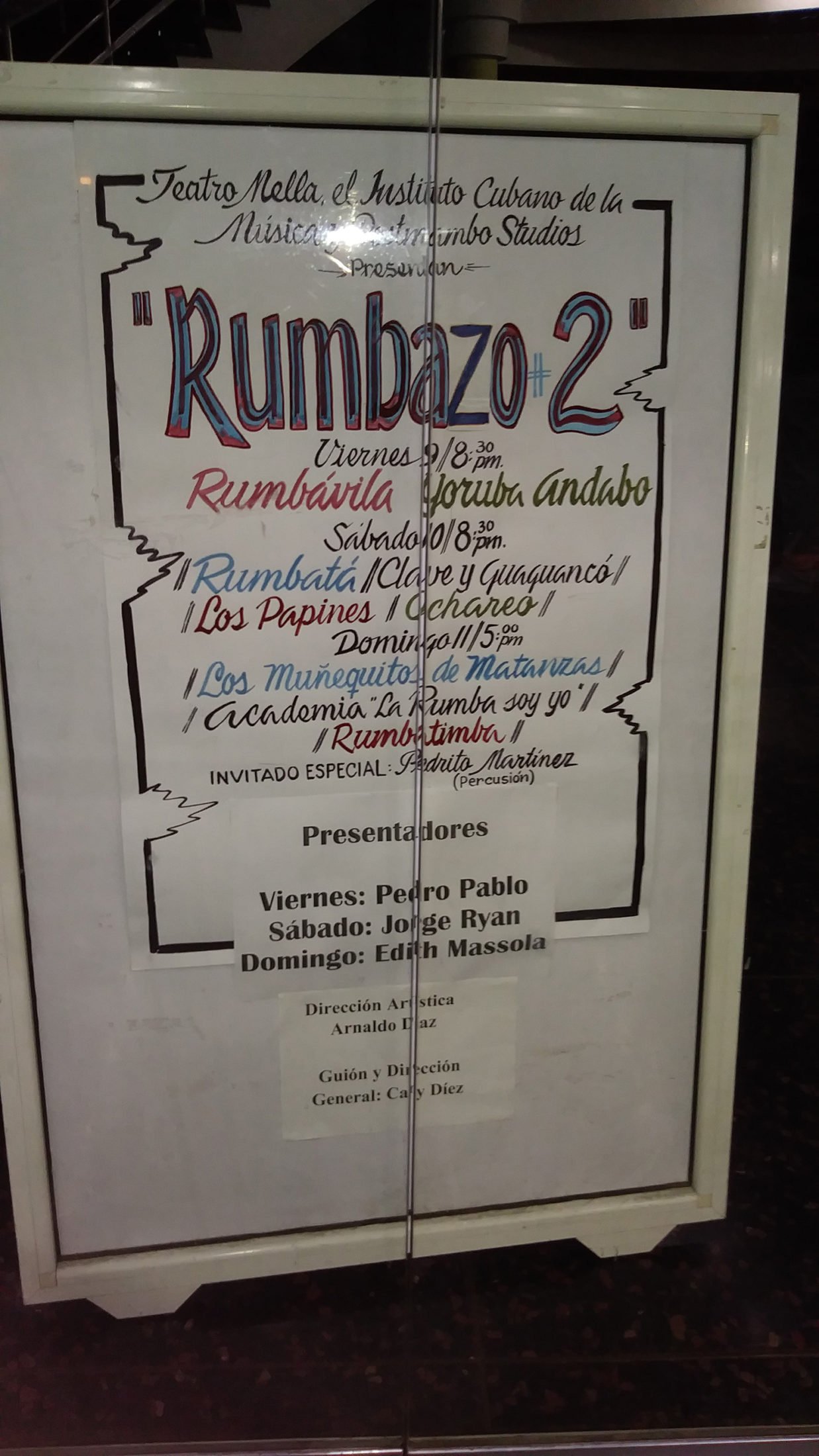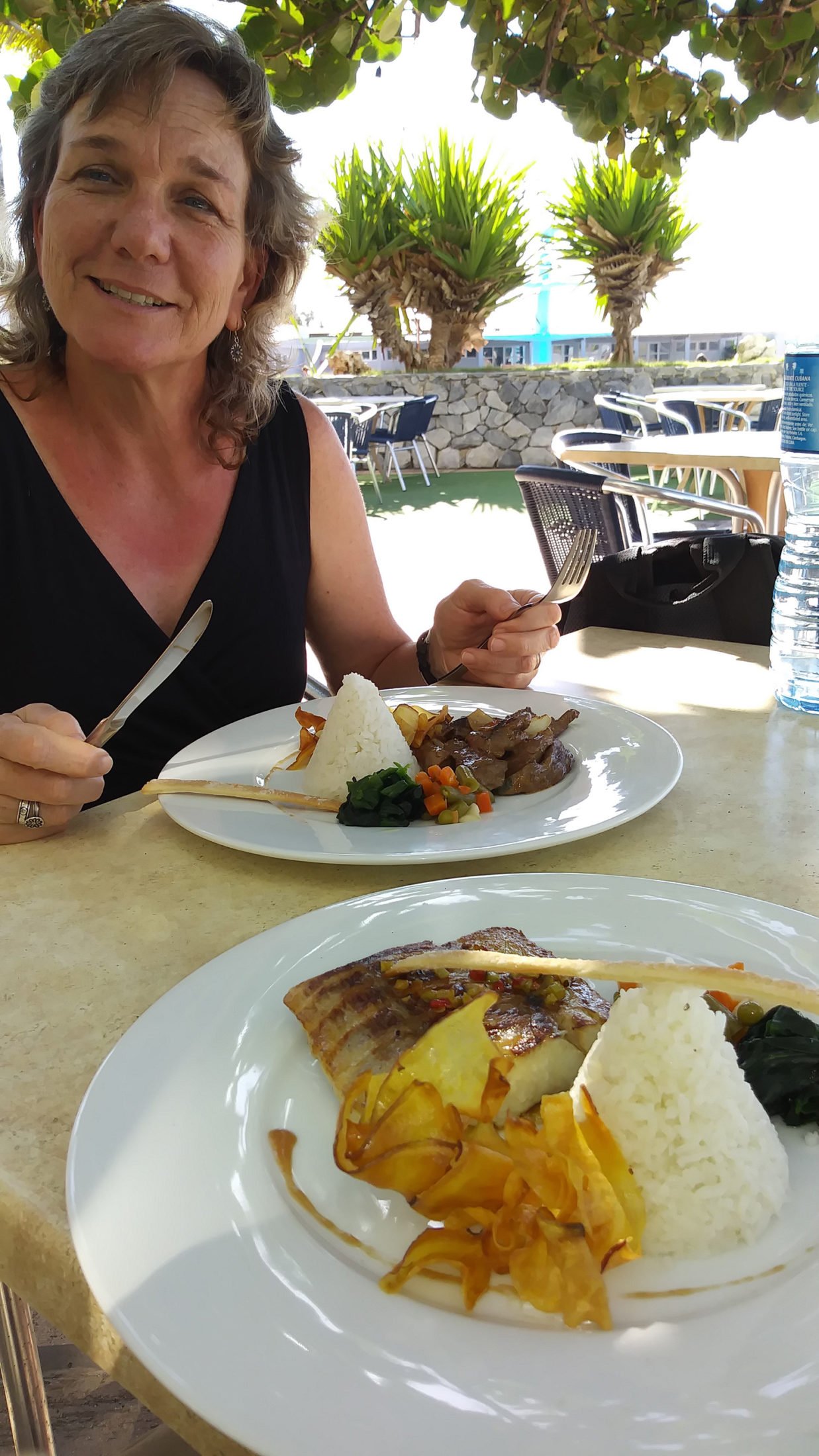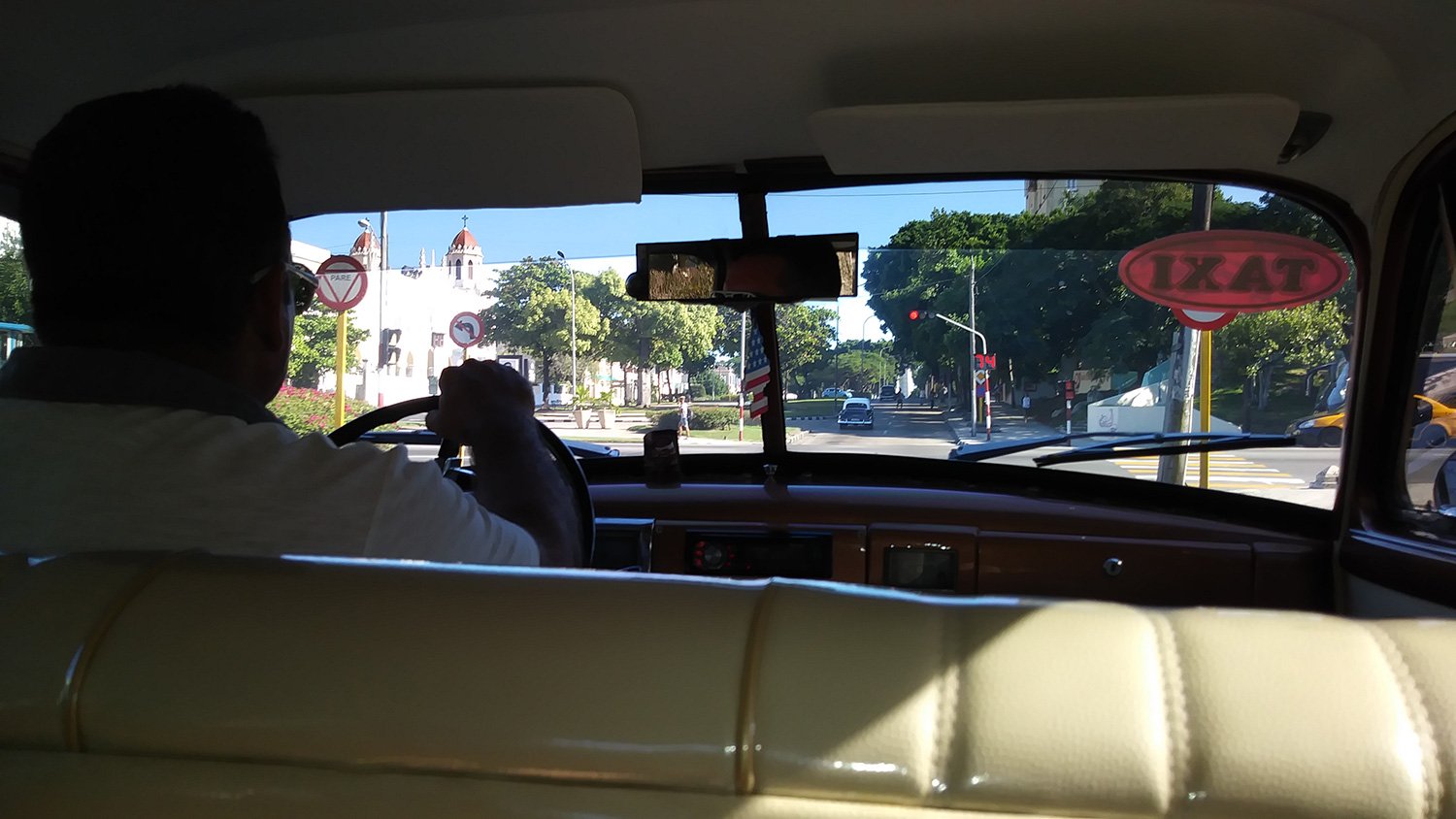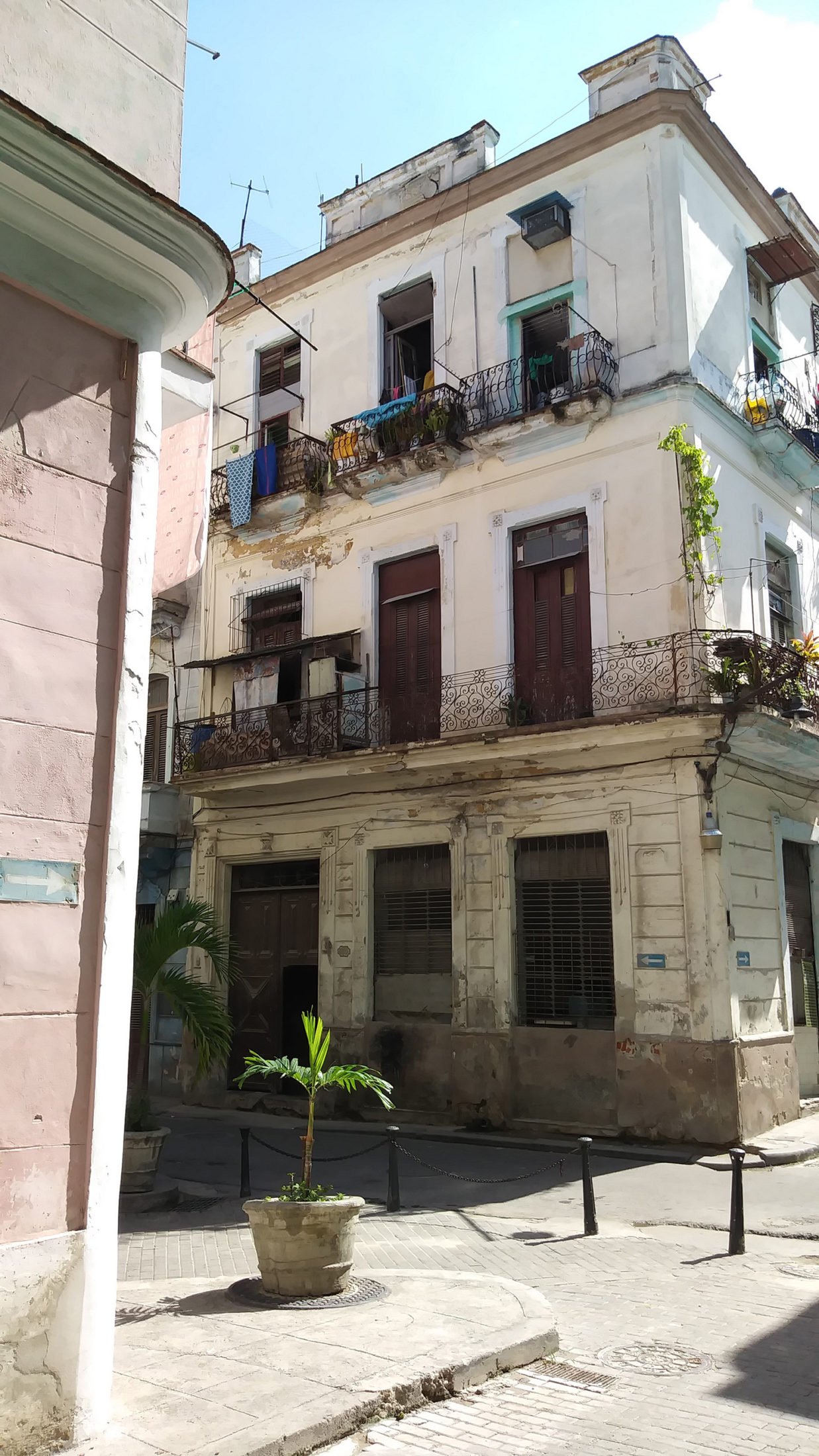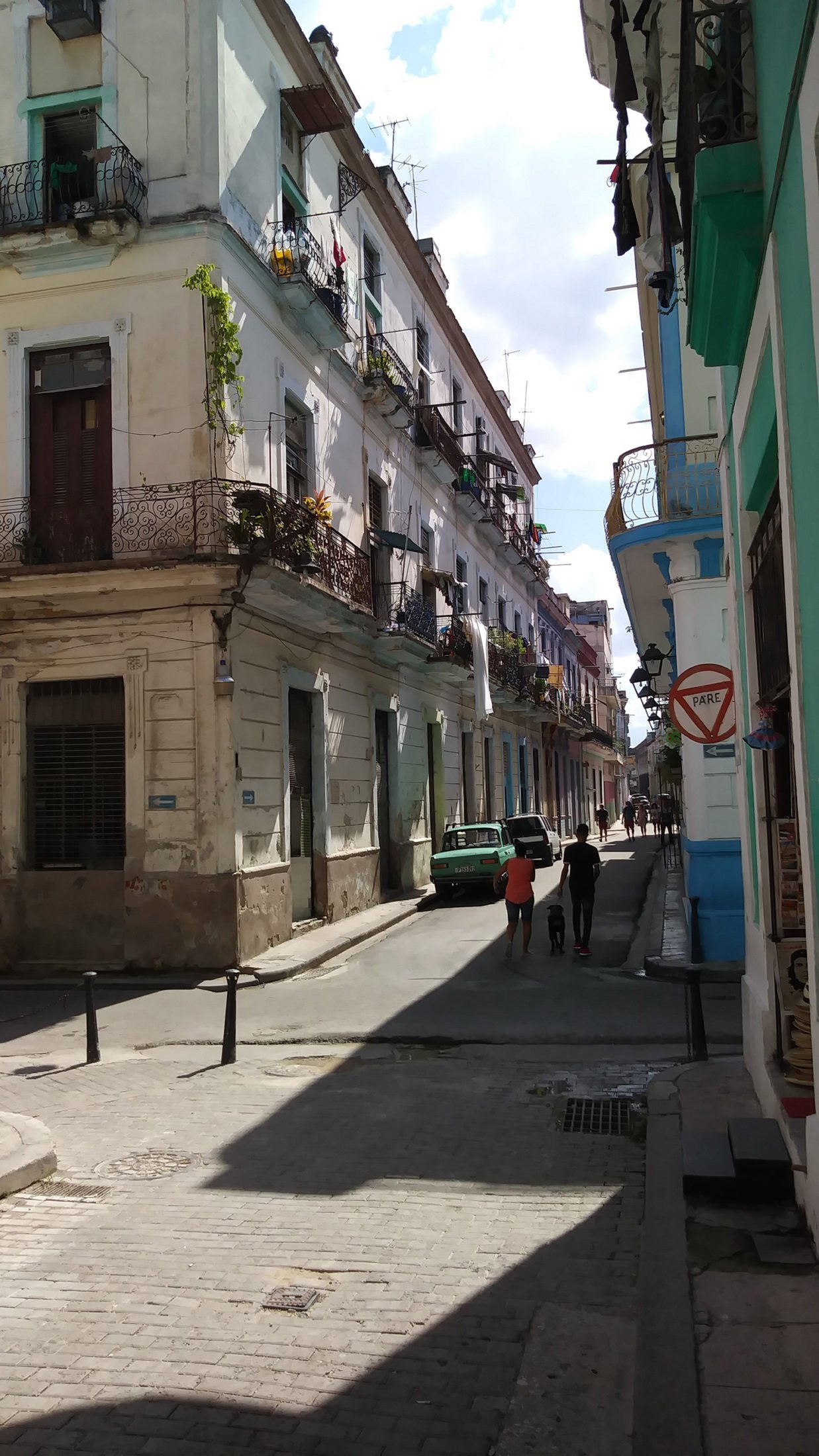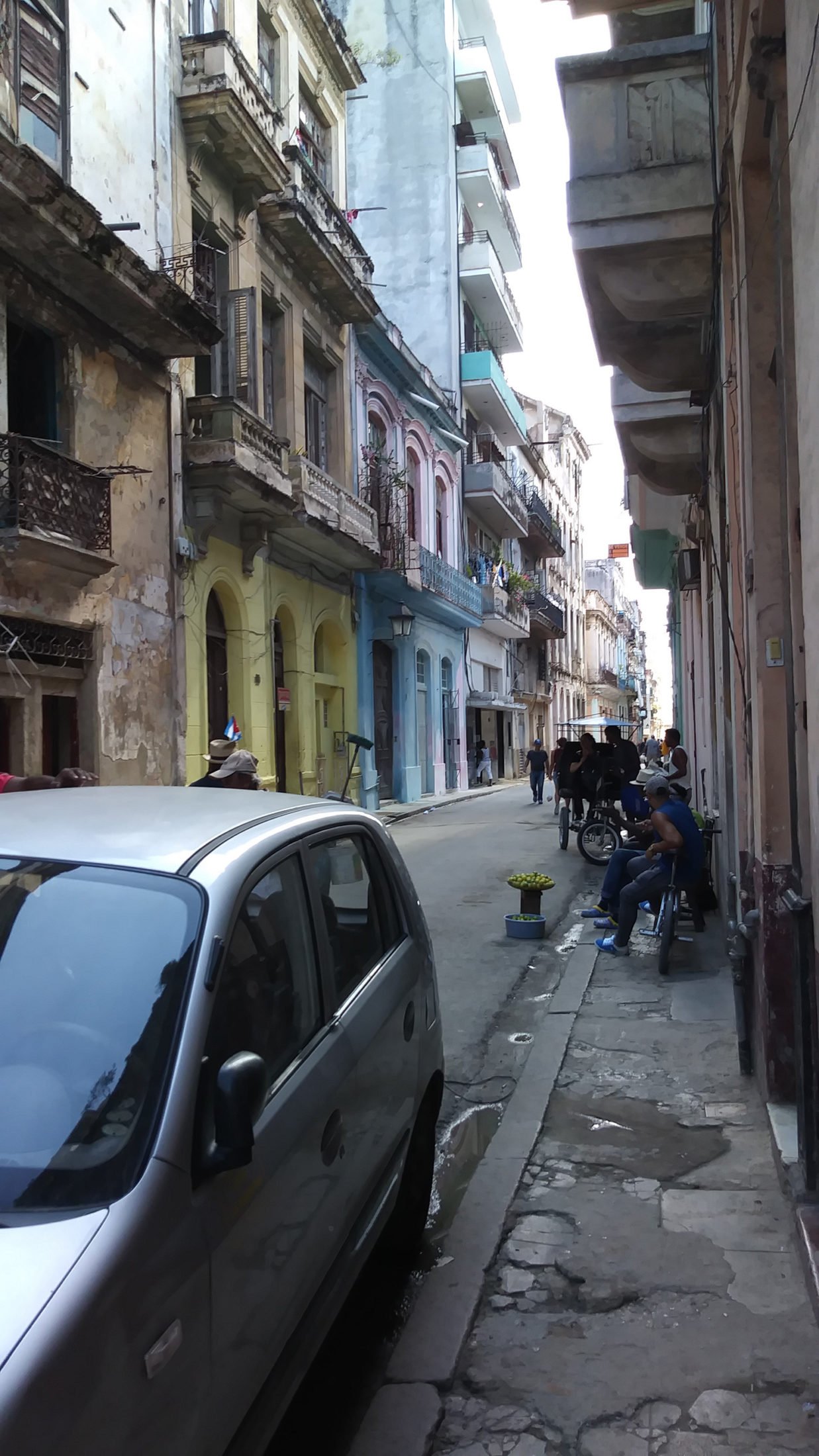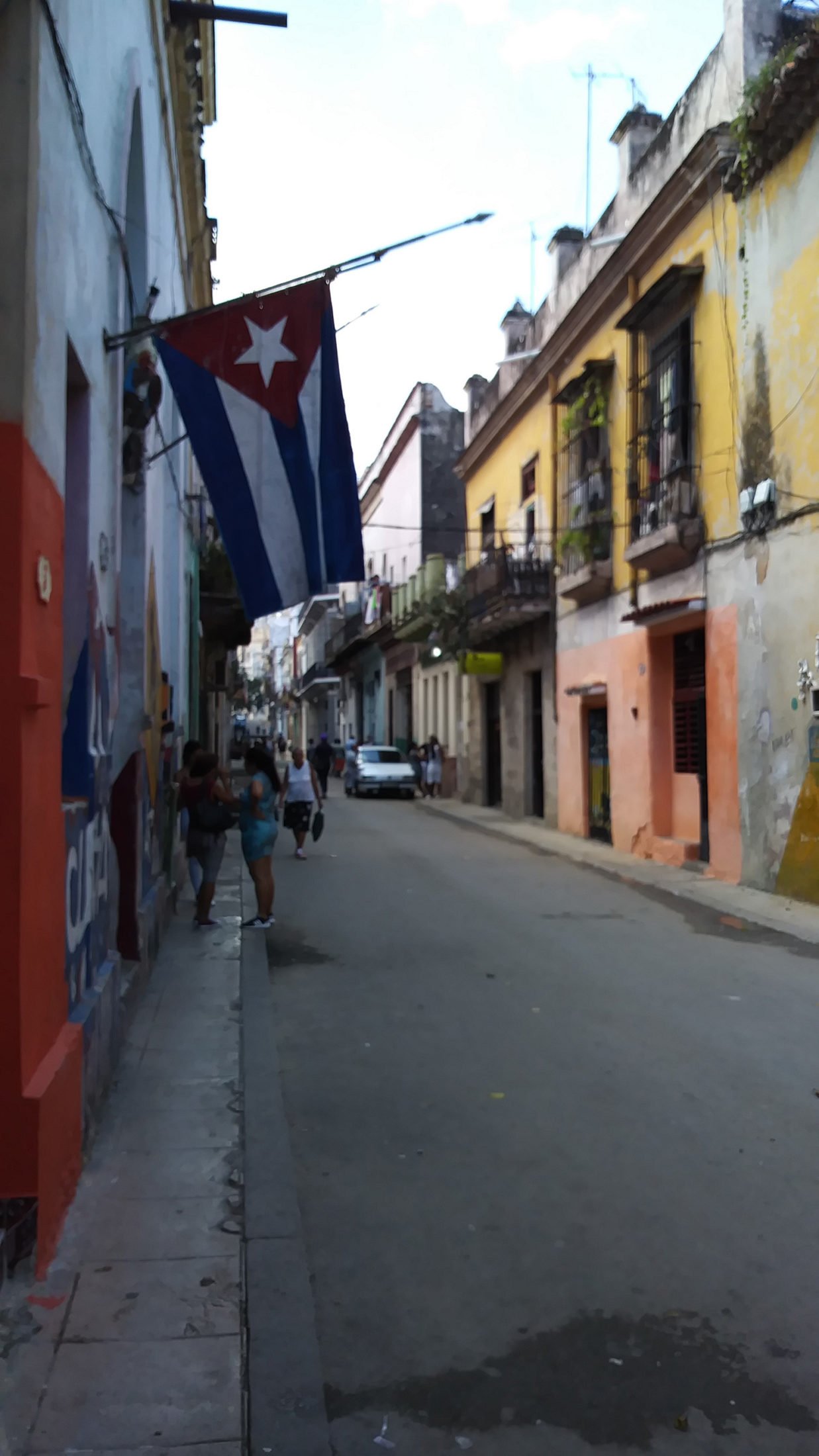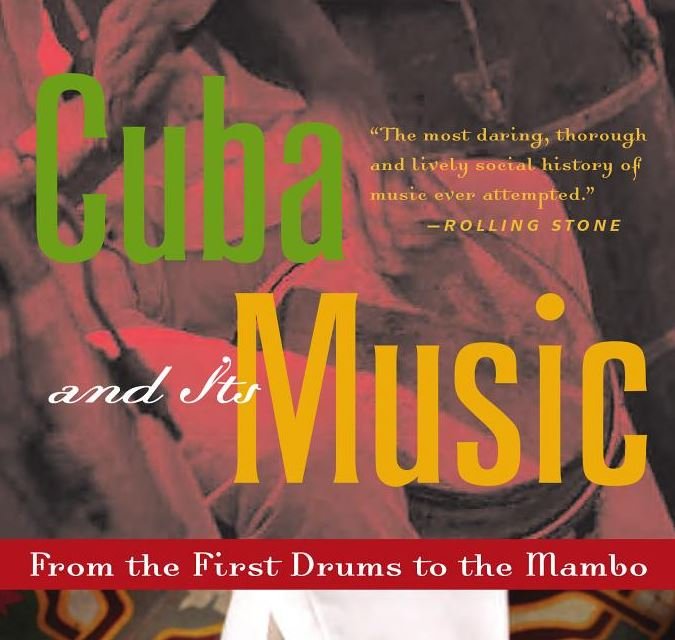A few weeks ago I had the privilege to spend a week in Havana, Cuba. I was tagging along with my wife as she was attending a Pan-America Nursing Conference. While she and her colleague attended the conference during the day, I explored Havana. The week was amazing.
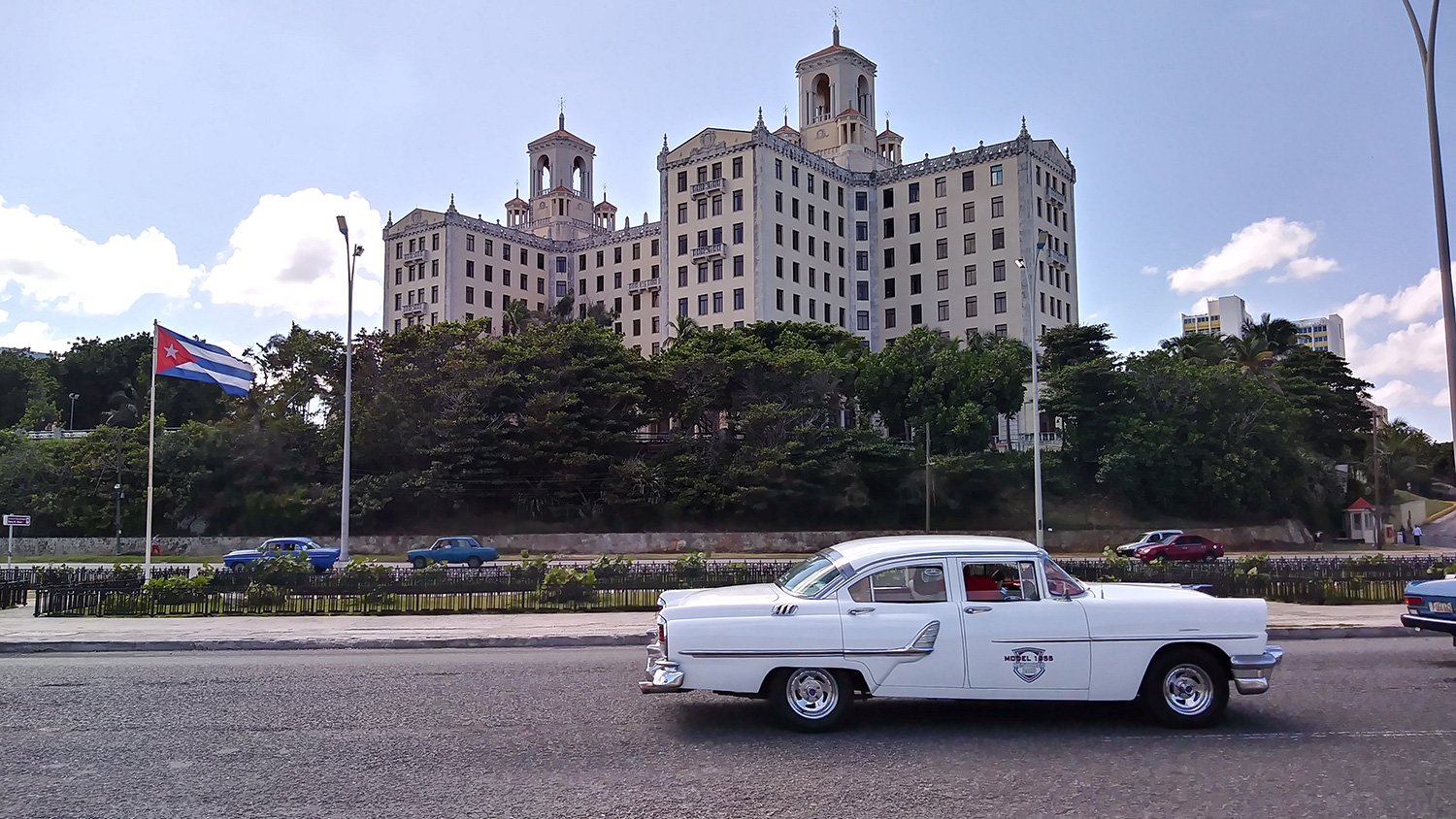
People in the United States do not often think of the possibility of even going to Cuba. For so many years it was seemingly off-limits to US citizens, but in the last few years, midway through the Obama presidency relations “normalized” a bit – whatever that means. Getting into the country, flying in from Miami was no problem. A simple stamp on our flight boarding pass was all that seemed necessary. Checking the the box “cultural education” seemed the obvious choice but nothing was questioned. The usual custom form. Welcome to Cuba.
We stayed at the Hotel Riviera about three miles west along the ocean of central Havana. I can unequivocally say that the Hotel Riviera is a great place to stay. The rooms are fantastic. The staff is incredible. The pool is awesome. The buffet breakfast in the morning is awesome. When we left, we felt that we were saying goodbye to good friends and this is a hotel with hundreds of guests and 20 floors of rooms.

My main route into town was along the Malecon which runs along the entire north side of Havana. We walked this many times. It is a colorful place. The people. The architecture. The people fishing off the wall. Not far from the Hotel Riviera is the US Embassy.

Recently there was a issue with these mysterious waves of energy that were targeted at US Diplomats and people in the CIA. At the time I did not think about that at all. Along the Malecon you would see trumpet players, even trumpet sectionals rehearsing, impromptu parties late into the night with live music, young lovers watching the sunset. Often when walking this route someone would walk along side you and start up a conversation. “I work as at biologist. I make $50 a month salary.” Eventually the conversation would end up at “can I get some money for milk for my kids?” This is what we soon realized was what we called the “Cuba tax.” Of course as the week went along we figured out how to avoid or ignore this scenario.

I saw Havana Vieja, The Museum of the Revolution, Hotel Nacional, Jose Marti’s birthplace, the Revolutionary Plaza. At nights we would venture out and hear some great music. The first night at a neighborhood social club, where in the back was a 12 piece Son band. Four trumpets invigorating themselves between mambos with a bottle of rum. Passing it around like a bunch of teenagers. The bass player, playing a home-made baby bass – in the pocket and swinging hard, maybe a little bit more modern than the style dictated but he was in his 70’s so who is to say. Other nights spent at an extraordinary rumba concert where even Pedro Martinez played a solo set. A late concert with the group Interactivo that was fantastic. A few sets on the top floor of the Lincoln Hotel listening to the Septepto Nacional, a traditional son band that is an internationally touring act. All of these events and contacts courtesy of my son Kai who has blazed the trail in Cuba the last few years and made many friends. Special thanks to Koton, Bencomo and Gioser who’s friendship we value like family.
Of course for people from the US, just seeing and driving in all the old Chevy’s, Fords, Plymouth’s from the 40’s and 50’s is a treat. There is something a bit ironic about that fact that cars in the US now last often only 10 years. The old cars in Cuba are over 70 years old and probably because they were made to last to begin with they keep them running out of necessity. Often, they are completely reupholstered and the drivers consider them like a novia.
The historic city of Havana is a beautiful place even in its crumbling decrepitude. Buildings are literally falling down. Balconies are falling off. People live in these 400 year old structures that are definitely not safe.
For a week after returning from Cuba, I could not help but think about the people and geography. Visit Cuba. 25 miles from the US mainland, it is a world way.
If you want to see an outstanding documentary to get an idea of Cuba, see Cuba and the Cameraman by Jon Alpert

